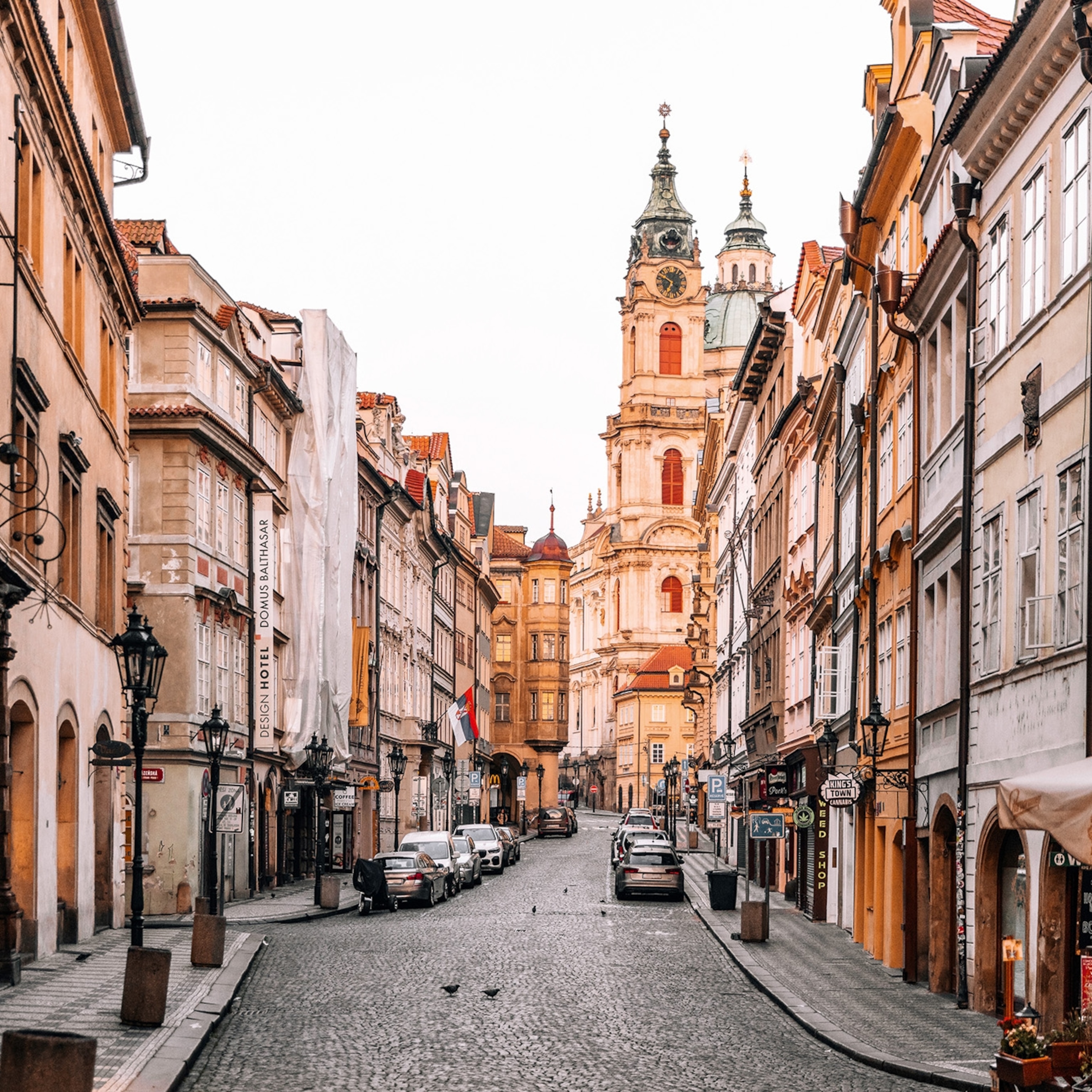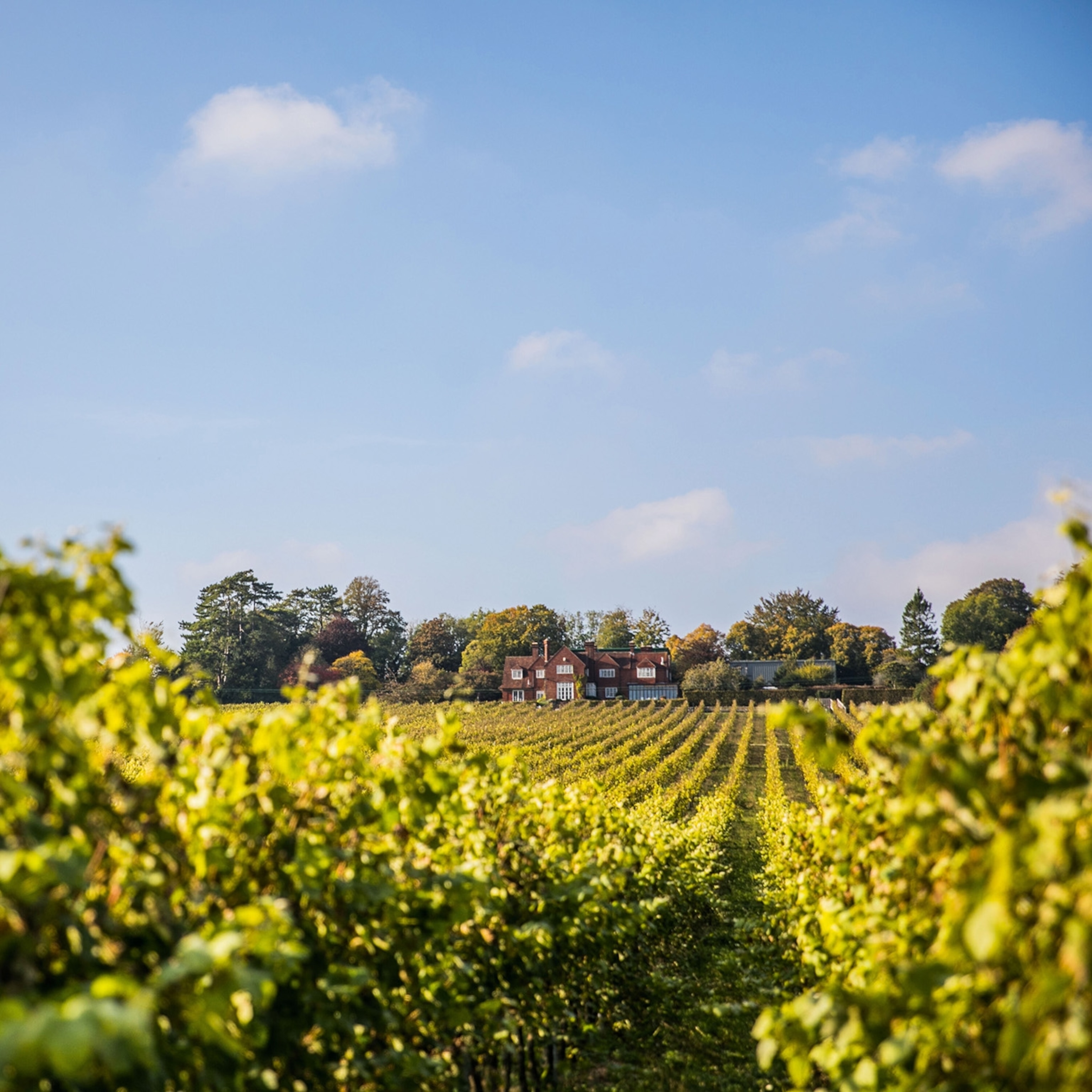
From castles to cartography: what to do in Arundel, West Sussex
Explore historic streets and riverside nature reserves in the West Sussex town, all in the shadow of its spectacular castle.
Why go
Standing tall above the banks of the winding River Arun and crowned with its picture-perfect castle, Arundel has all the imposing good looks of a mythical Arthurian kingdom, but it’s more the stuff of history than the stuff of legend. Dating back to Roman times, it started life as a busy inland port and market town (it’s even had a town crier since the fourth century). It’s not quite the busy harbour it once was, but it’s managed to retain much of its classic, English charm and makes a good base for exploring this corner of the South East. There’s plenty to keep you in the town, too, from wetland walks and the spectacular castle grounds to its smart high street, with its quirky mix of cafes, antique shops (including the excellent Old Maps & Prints), pubs and historic buildings.
Nature is never far away here, with the South Downs National Park rolling away to the north and east, and popular beaches at the Witterings and Selsey Bill, just a few miles south west. Not that you need sand and surf if the weather is pleasant — stick around in Arundel and make a splash at the town’s lido, overlooked by the castle.
Arundel is small, but you’re not short of activities most weekends. Chichester, West Sussex’s county town, is 25 minutes away by train; the compact, pretty city is rich with history, including Roman walls and a gothic cathedral, notable for its standalone belltower. There’s more Roman heritage to be found elsewhere in the county — Fishbourne Roman Palace and Bignor Roman Villa are both under half-an-hour’s drive away from Arundel, and well worth a visit for their stunningly preserved mosaics.
What to do
Replete with an army of towers and battlements, you can’t miss the forbidding fortress that is Arundel Castle. Built on a hill in 1067 to defend the Sussex coast, it was expanded considerably in the 1800s by the Duke of Norfolk, who went about restoring and improving his family seat with neo-Gothic extravagance. Explore the rooms and halls filled with artwork, armour and lavish furnishings, before marvelling at the beautiful stained-glass of the Fitzalan Chapel. Don’t leave without a stroll through the gardens, either — a true Eden, complete with a parterre, manicured lawns, kitchen gardens, fountains and secluded wooden pavilions.
Afterwards, check out the Arundel Museum just outside the castle gates, home to family-friendly exhibitions exploring the town’s past and present.

Where to eat
Head just past the wetlands and you’ll find The Black Rabbit, a pub on the grassy riverbanks. It’s a popular Sunday spot, so book ahead for classic fare, such as honey-roast ham, egg and chips; steak-frites and sticky toffee pudding. Alternatively, in the town, book ahead for a simple yet excellently executed menu at The Parsons Table, while Motte & Bailey Cafe is the place for light lunches of toasties, salads or quiches. Further along Tarrant Street is the King Arms — there’s no food at this pub, but you’re welcome to bring your own and enjoy it outside with a pint and views of the cathedral up the cobbled hill.
Where to stay
The Swan Hotel is a chic pub with rooms sitting at the foot of Arundel’s handsome high street. The downstairs bar area has a bright and airy vibe — sage and white walls, navy-leather booths and paintings of its namesake bird — and there’s a faintly nautical air to the 14 rooms, with shell-white shutters and wood panelling. If you’re after a little luxury, splurge on an Indulgence Room to enjoy a rolltop bath and double shower. Be sure to stay for brunch, too, to tuck into Hampshire bacon and eggs or a vegan full English. From £110, B&B.
Don’t miss
Arundel Cathedral stands at the top of the town as a grand echo to the castle. If it reminds you of the likes of Notre-Dame in Paris, that’s because it was meant to be — the cathedral was built in the French gothic style in 1868 as a grand place of worship for the Catholic Norfolk family. It’s no less beautiful for its youth, however, and dazzles with its immaculate, vaulted ceiling, and smooth, bone-hued, stone nave. Be sure to visit the much older, 14th-century St Nicholas Church next door. Built largely of local flint, it’s the final resting place of the Norfolks.
We like
Explore the town’s scenic side with a walk around WWT Arundel. The family-run nature reserve sprawls across a bend in the River Arun, and takes in willowy woodlands, wetlands and rustling banks of reedmace in a site of over 65 acres. It’s rich with wildlife, so head upstream through the reserve on a boat safari as a guide points out the feathered fauna, including goosanders, reed warblers and the rare New Zealand blue duck. Swing by the recently opened Coastal Creek Aviary, too, home to the likes of eiders and avocets.
Published in the December 2021 issue of National Geographic Traveller (UK)
Follow us on social media
Twitter | Facebook | Instagram







